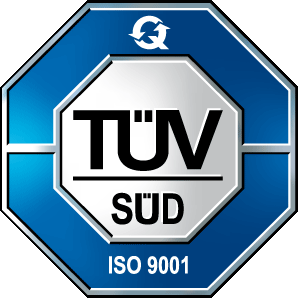We plan, we use calendars, we create schedules, and yet it often turns out that the time seems too short to do everything we wanted. Maybe the problem is not in planning time, but in setting priorities and the ability to focus on them?
“What is important is rarely urgent, and what is urgent is rarely important.” These words are attributed to Dwight Eisenhower, who was Supreme Commander of the Allied Forces in World War II and later President of the USA. He is also considered the creator of the technique of prioritizing tasks, called the Eisenhower matrix after his name. The idea is simple, we divide all tasks according to two criteria:
- urgency – here for urgent and non-urgent, respectively,
- validity - here, respectively, important and unimportant.
Urgent means that the matter requires immediate action. Another criterion would be useful here, e.g. the prospect of completion within one day. What can be done later - without negative consequences, of course - is not urgent.
Important these are usually long-term matters that are most important to achieving our personal and professional goals. If not addressing an issue may have negative consequences for achieving our goals, it is likely to be an important issue. Important topics often conflict with urgent ones due to our negligence.
What do each category mean?
- important & urgent – topics requiring immediate action, to be implemented today,
- important & not urgent – things to do and plan in the near future, not necessarily today,
- not important & urgent – tasks to be delegated and completed as soon as possible,
- not important & not urgent – issues that should be minimized or eliminated.
Tasks come first important & urgent, it's best to do them yourself and as quickly as possible. What's next? Category not important & urgent – delegate these topics. For other people who receive these tasks, these may be important & urgent topics. If these are private matters, give them priorities and implement them in your free time, having previously planned what to do in the category. important & not urgent. This quadrant of the matrix has a longer time horizon. Plan its elements and determine the course of action. However, what in not important & not urgent, it is impossible to eliminate it completely. However, we should strive to keep these matters to a minimum.
In the next entry, we will discuss how to make it easier to focus after prioritizing. There is a simple but extremely effective trick for this!
Do you use the Eisenhower matrix? Do you have other ways to manage your time?
Author: Łukasz Lipski
LOOK











